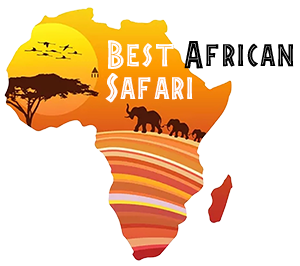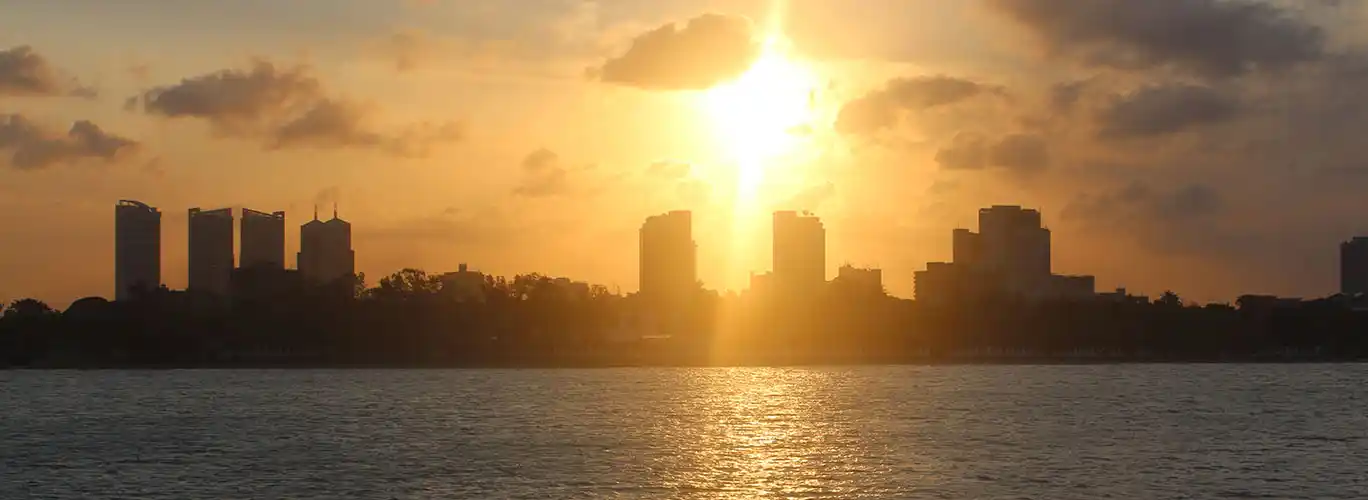Tanzania
Officially the United Republic of Tanzania, Tanzania is located in East Africa within the African Great Lakes Region. It borders Uganda to the north; Kenya to the Northeast via the Namanga border crossing that people use when they come from Nairobi; the Indian Ocean to the East; Mozambique and Malawi to the South; Zambia to the Southwest; and Rwanda, Burundi, and the Democratic Republic of the Congo to the West, a safari mecca populated by the “Big Five” game (Elephant, Lion, Leopard, Buffalo, Rhino)


Tanzania shares land borders with Uganda in the north; Kenya in the Northeast, Mozambique and Malawi in the South; Zambia in the Southwest; and Rwanda, Burundi, and the Democratic Republic of Congo to the West. Mount Kilimanjaro, Africa’s highest mountain, is in Northeastern Tanzania in what is known as the Kilimanjaro National Park with the town of Moshi at the foothills of Mount Kilimanjaro and with the sister mountain Mount Meru about 80 Kilometers from Arusha the safari capital of Africa on the foothills of Mount Meru, and the lowest point in Africa being the floor of Lake Tanganyika, at 1,471 meters (4,826 ft) below sea level, respectively.
Tanzania contains around 20% of the species of Africa’s enormous warm-blooded animal populace, found in its over 21 National Parks, Reserves, 1 Conservation Area, and 3 Marine Parks. Tanzania has set aside more than 26% of its land and sea mass for the protection of its wildlife and nature, including the Ngorongoro Conservation Area, The Serengeti National Park, Tarangire National Park, Lake Manyara National Park, Arusha National Park, Mikumi National Park, Selous Game Reserve, Sadani National Park, plus many more. In western Tanzania, Gombe Stream National Park is the site of Jane Goodall’s ongoing study of chimpanzee behaviour, which started in 1960.
Tanzania’s southern parks offer an authentic bush experience without the tourist minibuses. The majority of accommodations in the southern parks are off the high end of the price range because they are intimate and cater to small groups. Parks such as Nyerere National Park, Mikumi National Park, Ruaha National Park, Udzungwa Mountains National Park and others can be even more rewarding but are not as known yet. Camps in Southern Tanzanian offer a variety of different ways of seeing the wildlife – Boat safaris on lakes and rivers, passing crocodiles and hippos, walking safaris, Dinning and sleeping in the open out under the stars are just some of the exhilarating activities you can get.
There are two ways of reaching the southern national parks, depending on the parks, and where you are arriving from, If from Dar es Salaam, you can go by car to Mikumi or Julius Nyerere National Park (it takes up a part of Selous Game reserve) by car, but from anywhere else in Tanzania you would need to fly on of a number of a small aircraft. The Fly-in safaris are popular, using light aircraft between the parks and camp are popular, but also makes the southern parks a little more costly, except for Mikumi and Julius Nyerere National parks take up part of Selous Game Reserve. Flying allows quick and easy access to the remote camps. Once at the camps, guides will use 4WD vehicles and boats to get you around the parks.
There are several International airports in Tanzania, the most important ones are Julius Nyerere International Airport (JNIA) in Dar Es Salaam, Kilimanjaro International Airport (JRO) in Northern Tanzania which is the major airport for safari guests, Mwanza International airport, and Zanzibar International Airport (ZNZ) that is used to serve Uguja (Commonly known as Zanzibar), the tropical beach paradise in the Indian Ocean that is part of the United Republic of Tanzania.
Tanzania is highly biodiverse and contains a wide variety of animal habitats. On Tanzania’s Serengeti plain, white-bearded Wildebeest, Zebras participate in large-scale annual migration. Tanzania is home to about 130 Amphibian and over 275 reptile species, many of them strictly endemic and included in the International Union for Conservation of Nature’s Red Lists of Countries. Tanzania also has the largest lion population in the World.
At 947,303 square kilometres (365,756 sq mi), Tanzania is the 13th largest country in Africa and the 31st largest in the World and has an Indian Ocean coastline of approximately 1,424 kilometres (885 mi) long with beautiful Beaches. It also incorporates several offshore islands, including Unguja (Zanzibar), Pemba, and Mafia which all contain beautiful Beaches and Resorts.
Many important hominid fossils have been found in Tanzania, such as 6-million-year-old Pliocene hominid fossils. The genus Australopithecus ranged across Africa between 4 and 2 million years ago, and the oldest remains of the genus Homo are found near Lake Olduvai. Following the rise of Homo erectus 1.8 million years ago, humanity spread all over the Old World, and later in the New World and Australia under the species Homo sapiens. H. sapiens also overtook Africa and absorbed the older species of humanity.
Climate
The climate varies greatly within Tanzania. In the highlands, temperatures range between 10 and 20 °C (50 and 68 °F) during cold and hot seasons respectively. The rest of the country has temperatures rarely falling lower than 20 °C (68 °F). The hottest period extends between November and February (25–31 °C or 77.0–87.8 °F) while the coldest period occurs between May and August (15–20 °C or 59–68 °F). The annual temperature is 20 °C (68.0 °F). The climate is cool in high Mountainous Regions.
Good to Know
Read the basic info and also some fun facts about Tanzania! Here you will find everything you should want to know about the ‘’Land of Kilimanajaro, safari and beauty’’!
Images
A few images from the parks, mountain, hotels, beaches and more in Tanzania.
Leave a Reply
Do you have some comments or questions for us? We’d love to hear from you! Don’t be shy! Feel free to drop us a message!













